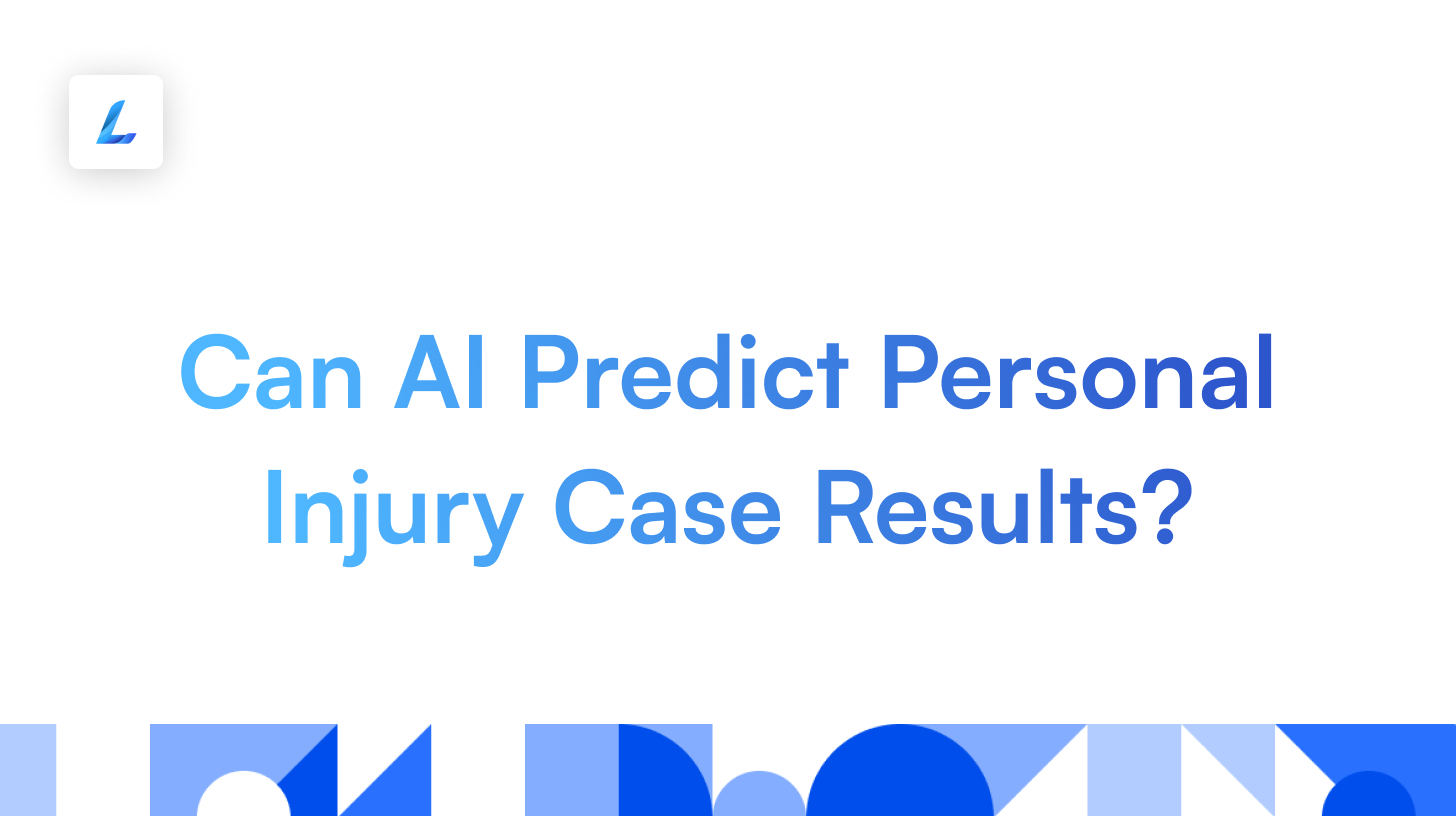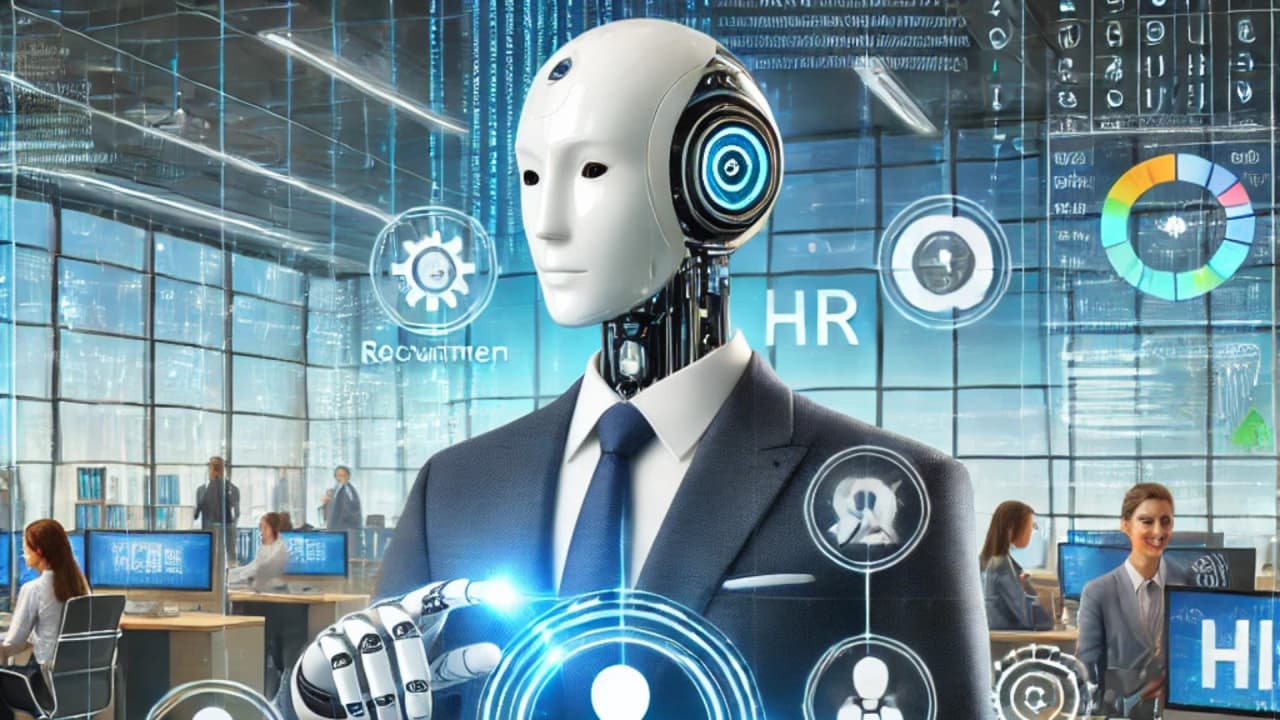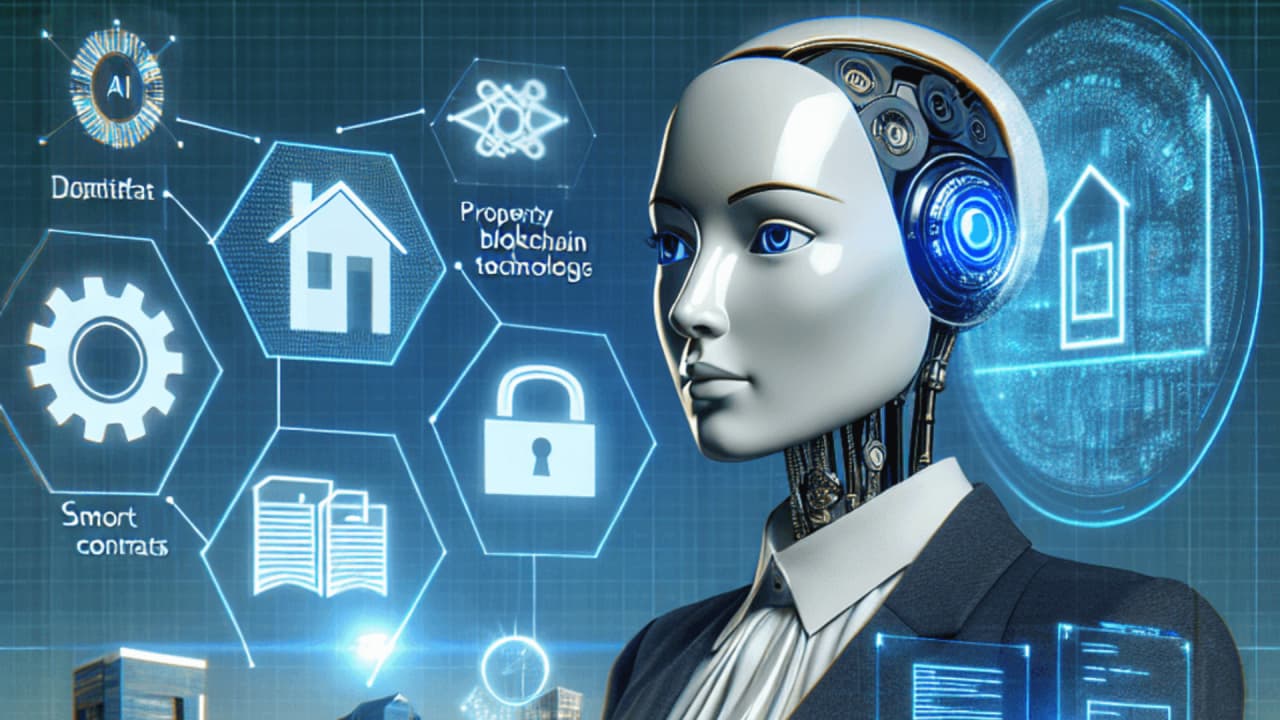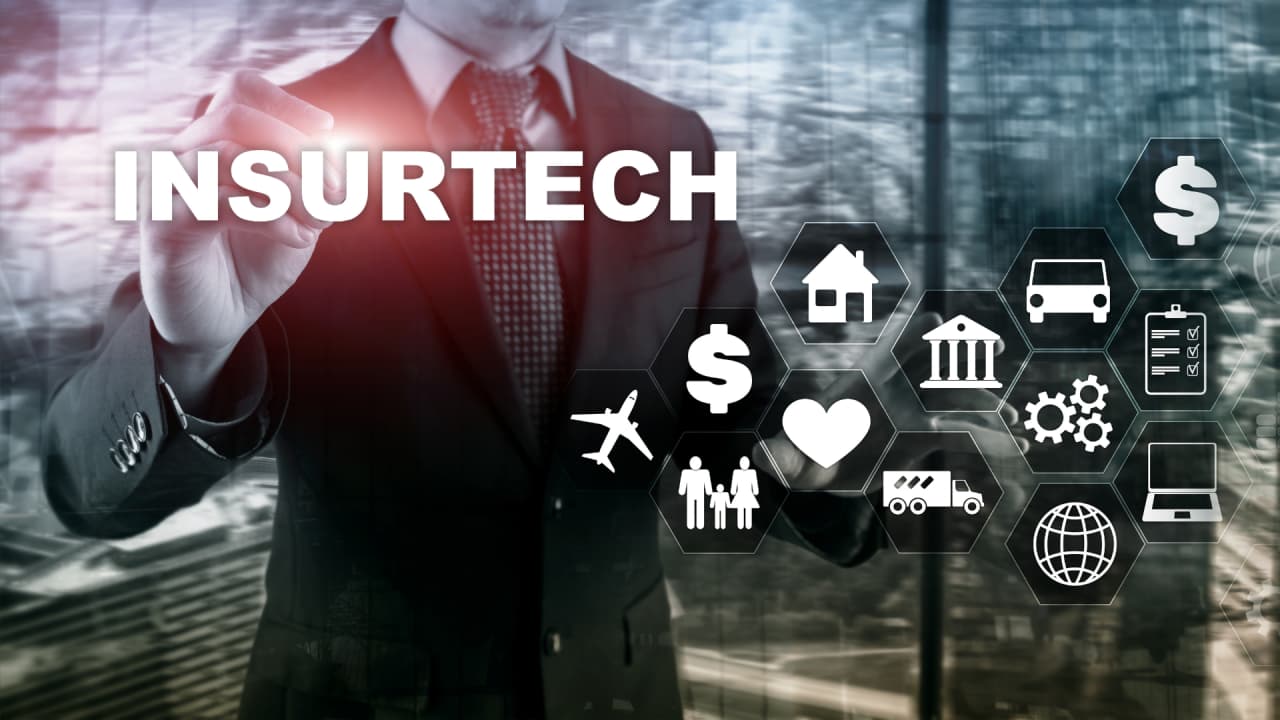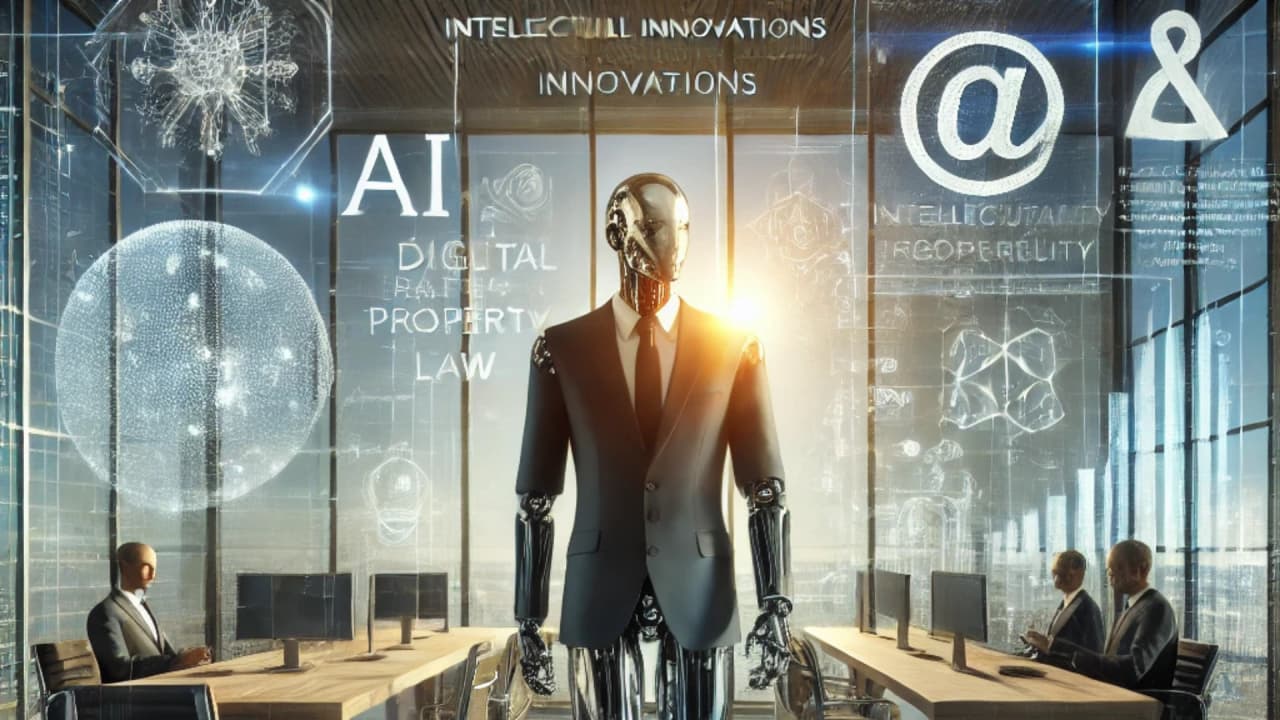Every year, countless individuals entrust the legal system, seeking justice for wrongs they’ve suffered, and of these, personal injury cases resonate deeply. These claims, rooted in physical or emotional traumas, bear the weight of individuals’ pain and hope for rightful compensation. With the vast variability in outcomes – from mere apologies to life-altering settlements – the suspense can be almost palpable for both victims and their representing attorneys. In this article we look at how to use AI Contracts in Personal Injury Cases.
Navigating this volatile landscape, however, is witnessing a potential renaissance. Imagine a world where uncertainty makes way for informed, data-driven foresights; this is the promise Artificial Intelligence (AI) brings to the legal table. By harnessing the power of AI, the unpredictable world of personal injury law is on the brink of a revolution.
The Aim of this Article
This article aims to pull back the curtain on AI’s increasing influence in this domain, revealing the mechanisms by which it promises to enhance prediction accuracy and streamline litigation processes. What once seemed the domain of science fiction—using complex algorithms to predict legal outcomes—is becoming an attainable reality.
The harmonisation of AI’s analytical prowess with the intricacies of personal injury law offers a tantalising glimpse into the future of legal practice, one where data and human expertise converge to deliver justice more efficiently.
Personal Injury Law Basics and Definitions
Personal injury law, often seen as a beacon of hope for those wronged, stands as a testament to the legal system’s intent to rectify harm and provide restitution. This branch of law is complex, nuanced, and grounded in the belief that individuals should not suffer due to another’s carelessness or intentional misdeeds. From slip and fall accidents in public places to severe ramifications of defective products, personal injury law covers an expansive spectrum of cases.
Key concepts:
Plaintiff: The individual who, having faced harm or injury, embarks on the legal journey seeking justice and compensation. Their role in the case is pivotal as they present evidence of the harm suffered.
Defendant: Often on the defensive side, this is the party, whether an individual or a larger entity like a hospital or manufacturing company, that is accused of causing the injury either through their actions or inactions.
Negligence: This goes beyond mere carelessness. It speaks to a disregard for the standard of care expected in specific situations. For instance, a doctor failing to diagnose a condition that any other competent doctor would have caught might be deemed negligence.
Compensation: It’s not just about money. It’s a legal acknowledgment of wrongs done and an attempt to make the victim whole again. Compensation can cover medical bills, lost wages, and even intangible elements like pain and suffering.
The heart of many personal injury cases lies in proving negligence. It’s a four-pronged approach: establishing a duty of care existed, proving that duty was breached, showing that the breach directly resulted in harm, and then quantifying the damages sustained.
While it might seem straightforward, this journey is riddled with legal hurdles. Expert testimonies, past precedent, and intricate evidence all play their roles, making each case unique. As AI begins to play a part in this arena, there’s potential to streamline these complexities, bringing clarity and hope to those seeking justice.
Relevant Cases in Personal Injury Law
Over the years, personal injury law has seen a tapestry of intriguing cases. These trials don’t just serve as benchmarks for legal precedents but also exemplify the intricate interplay of evidence, eyewitness accounts, and strategic contractual arguments.
Liebeck v. McDonalds
Liebeck v. McDonald’s Restaurants wasn’t merely about an unfortunate incident; it illuminated potential contractual lapses. Had there been AI-driven contract analyzers, McDonald’s might have been more robustly prepared in terms of safety guidelines and warnings, with clear clauses that could have potentially limited their liability.
Tobacco Lawsuits
In the tobacco lawsuits of the 1990s, one of the significant contention points was the misleading contracts and advertisements made by the tobacco companies. These contracts, made with suppliers, advertisers, and even governments, often had ambiguous clauses. AI contract generators could have created contracts with clear-cut terms and transparent obligations. Moreover, AI contract analyzers could have been employed to rigorously review these documents, identifying potential points of contention and non-compliance, thus reducing liability.
Incorporating AI into the realm of contract creation and analysis introduces a world of efficiency and precision. AI tools, equipped with machine learning, can draft contracts that preemptively address potential disputes in personal injury cases. These contracts could include comprehensive safety guidelines, disclaimers, and more, all crafted based on insights from historical case data.
Power of Legal AI
Furthermore, with the power of predictive analytics, AI tools can review existing contracts, sifting through them to highlight any term or clause that might expose parties to undue risk. These automated systems can quickly compare a contract against thousands of similar documents and legal precedents to ensure its robustness.
In retrospect, many personal injury cases could have been approached differently with the prowess of AI-driven contract analysis and generation. Not just as a defensive tool for potential defendants, but as a means for plaintiffs and their attorneys to strategically challenge weak or ambiguous contractual terms. As the legal domain continues to evolve, it is evident that AI’s intersection with contract management will play an increasingly pivotal role.
AI’s Integration into the Legal Field
While AI’s inception into law began with document automation and data management, its scope has significantly broadened. Today, AI platforms use historical data, dissecting patterns from past personal injury case verdicts and settlements, allowing attorneys to predict a case’s trajectory more accurately.
This not only informs case strategy but can influence decisions on settlement negotiations, jury selection, and more. By leveraging AI’s pattern recognition and data analysis, legal professionals can understand which factors most significantly impact compensation amounts or case durations.
Introduction to Legaliser
Diving into the world of AI legal tools, the “Legaliser AI Contract Analyser Tool” stands out prominently. Designed to cater to the nuances of personal injury and other legal realms, it offers more than just data analytics. Its sophisticated algorithms can scrutinise past case verdicts, settlements, and associated factors, offering predictive insights that can be pivotal for attorneys. Curious about its prowess? Legaliser offers an obligation-free trial, allowing legal professionals to experience its capabilities firsthand.
Conclusion
The synthesis of AI and personal injury law promises a legal landscape where predictions are based on quantifiable data, not just instinct. As tools like Legaliser advance, we stand on the cusp of a paradigm shift where case outcomes might become more predictable, and legal strategies more data-driven.
Such progression not only enhances the legal profession’s efficiency but also paves the way for more transparent and informed decisions. The future isn’t just knocking; it’s here, transforming the legal arena one algorithm at a time. Embrace the revolution.
